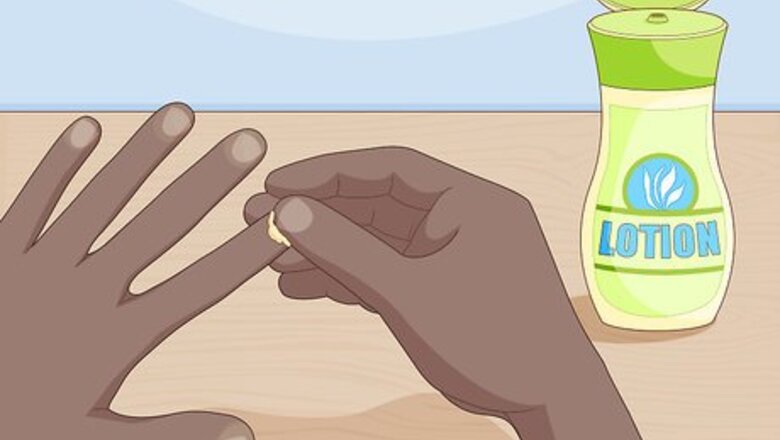
views
X
Research source
Like your regular fingernails and toenails, nail beds also grow; however, they don’t become longer over time.[2]
X
Trustworthy Source
Centers for Disease Control and Prevention
Main public health institute for the US, run by the Dept. of Health and Human Services
Go to source
Despite this, you can still help the tissue of your nail beds grow and regenerate at a healthy rate by adopting good grooming habits and performing the right treatments after a nail bed injury.
Adopting Good Grooming Habits
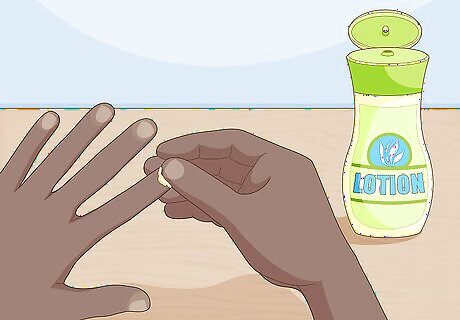
Apply lotion around your fingertip to moisturize the whole nail. Use your hand to rub lotion on and around the nails of the opposite hand. Moisturizer is a great preventative measure that keeps your nails from drying out. Cuticle oil is also a great moisturizing option. Use the applicator brush that comes with the bottle to apply it evenly around your fingertips.
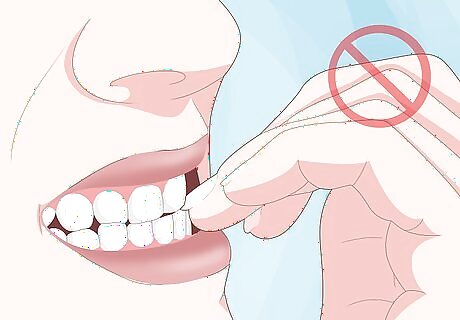
Stop biting your nails. If you chew on your nails, you should try breaking the habit, as nail-biting can hurt your nail beds. Additionally, biting your nails can introduce bacteria to the edges of your nail beds, which can potentially cause an infection. Add a coat of bad-tasting nail polish to help break the habit.
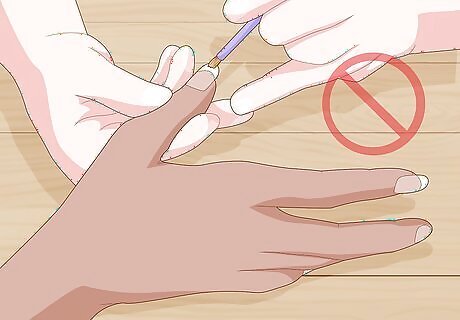
Avoid getting an acrylic manicure. Try not to get acrylic manicures when you go to the nail salon. As beautiful as they look, the process of getting them is extensive. After two weeks, you have to return to the salon for maintenance, and eventually you have to get them removed. The removal procedure involves either dipping your nails in acetone for almost an hour or using special tools to remove the fake nails. Regardless, the chemical or mechanical process will likely hurt your nail beds. Gel nails that can be soaked off your fingers are a better manicure alternative.
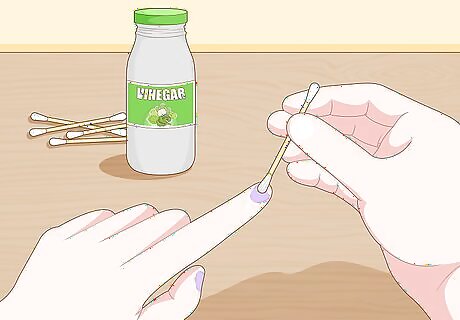
Rub vinegar on your nails with a cotton swab before applying any nail polish. Use a Q-tip dipped in white vinegar to clean off any natural residue from your nails. By wiping them down beforehand, you’re ensuring that your manicure will be applied in a clean environment, which is good news for your nail beds. If your nails are clean, there’s a smaller chance of bacteria getting into them.
Performing the Right Treatment After an Injury
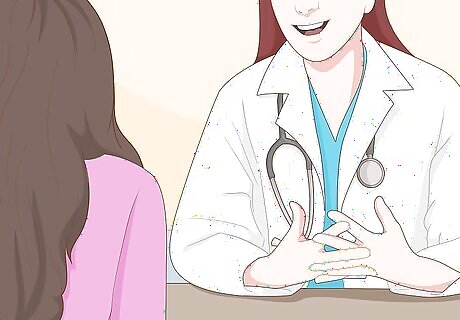
Meet with a medical professional to discuss your options. Talk to your healthcare provider before approaching any treatment to repair your nail beds in order to help them grow or regrow. There are many ways to get your nail beds healthy and growing again, but your treatment plan might be different depending on the type of injury that you have.
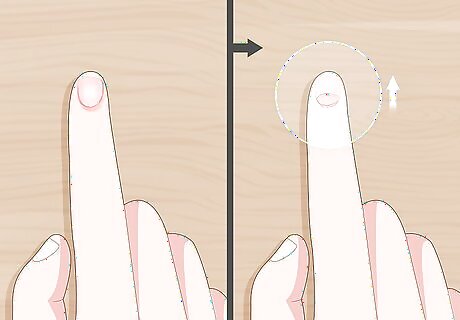
Receive a nail bed graft if you’ve lost a portion of your nail bed. Have a medical professional repair a damaged or partially missing nail bed by grafting part of another nail bed onto the injured area. This can help provide more instantaneous results. Performing a graft can help the damaged nail bed begin to grow again. Nail bed injuries like these can happen when a lot of pressure or force is applied to the nail, like stubbing a toe. Nail grafts can be taken from both fingernails and toenails.
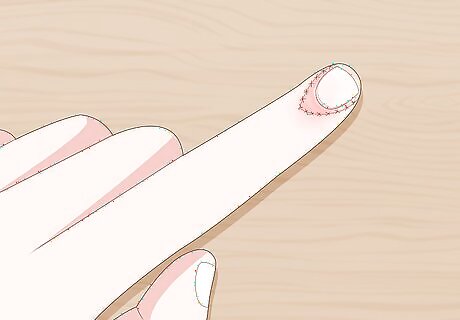
Get stitches if the nail bed separates from the finger. A hand surgeon should apply special stitches to repair the nail bed and realign the finger bone in the case of a big injury. This procedure physically reconnects the nail bed to the fingertip, allowing the growth process to continue. These injuries occur after moments of intense trauma, like slamming a door on your finger. Sometimes, a wire needs to be added to set the bone into place.




















Comments
0 comment